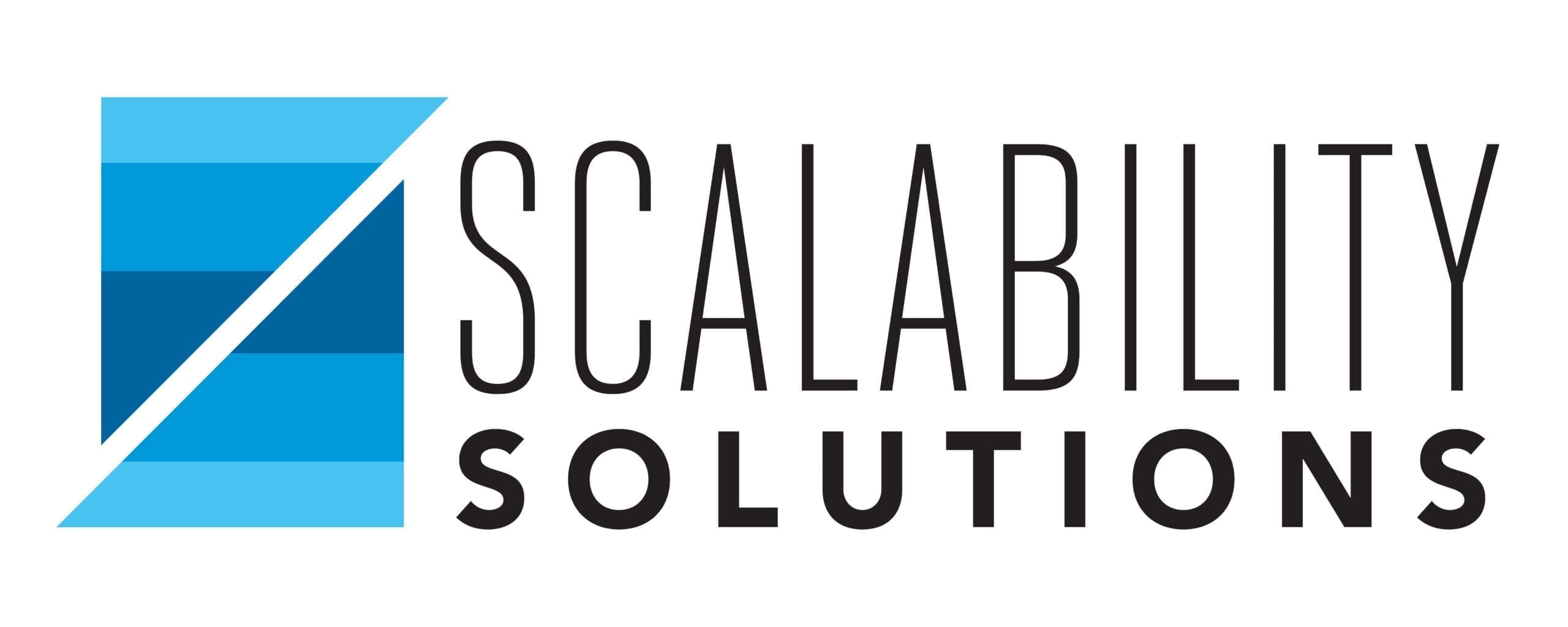Hiring the wrong candidate for a position on your team results in more than just an administrative headache for your business. You lose time and money on recruitment, onboarding, and training. You lose weeks’ or months’ worth of paid salary and benefits. And you lose resources spent on rehiring.
But the immediately apparent costs are only the beginning of the full impact.
Hiring the wrong person costs your business much more than you think, in the form of lost opportunities, lost productive output, and even loss of team morale. Share on XIn this article, we’ll take a look at the hidden costs of making a bad hire. We’ll also look at how to avoid those costs so that you can remain as profitable, efficient, and innovative as possible.
Why Do We Make Bad Hires?
Does the following scenario sound familiar to you?
Your business is overloaded with projects, and you’ve got an unfilled position on your team. As a result, you and your team members are swamped. You’re desperate to make a hire.
Too often, “crisis mode” can cause team leaders to hire someone too quickly, without properly vetting them for the role. The intentions are good: Get someone into the empty seat as fast as possible to relieve the team. Unfortunately, the potential result is a poor fit for the role – and a whole host of hidden costs that ultimately damage the business.
Of course, urgency isn’t the only reason a company might make a bad hire. Team leaders might also initially misread a candidate’s qualifications and abilities. The candidate might have had the perfect experience on paper and spoken well about it in an interview. But after starting the job, it became clear that they did not have the skills needed.
Or, they might hire someone they connect to personally…but who isn’t a great fit for the role.
In any case, making a bad hire is easier than one might think. And it’s also far more costly.
Lost Time and Money
First, hiring the wrong candidate can cause you to waste money on the initial costs of recruitment, onboarding, and training – costs that you’ll have to pay again to hire a replacement.
Depending on how you hired the candidate, you may have spent money on job postings, hiring a recruiter, and paying for travel expenses for an interview. Then, you spent money on paying administrative staff (or yourself) to review applications and conduct phone and in-person interviews. Finally, you may have accrued additional administrative costs, such as background checks.
But you accrued the real costs of a bad hire after hiring.
Training and onboarding a new hire requires time, attention, and resources – and puts a strain on not only your business as a whole, but on individual team members. Training a new hire can disrupt workflows, necessitate additional meetings, and temporarily increase workload for some team members. Plus, you’ll potentially spend money on printing new materials that can’t be re-used (i.e. business cards, badges, etc.)
Just as with recruitment, you’ll need to repeat these costs when you make another hire.
Finally, you’ll lose the money you spent on paying your new hire’s salary. And once you terminate their contract, you may have to pay unemployment, or a severance package.
The entire process could add up to an enormous cost that could have been avoided with a more careful, thoughtful hiring process (which we’ll learn about in a bit). But first, let’s take a look at perhaps the most “hidden” – and dangerous – cost of a bad hire: lost opportunities.
Missed New Business, Growth, and Innovation
As you’ve just discovered, the upfront expenses of hiring a poor fit for your business can add up quickly. But over the long term, there’s a factor that has an even more detrimental impact on your business: the loss of opportunities.
Lost Referrals
A high rate of turnover in your business already has a negative impact on client relationships. And when a client is communicating with a new team member that’s incompetent, perception only grows worse. The result? A relationship that’s unlikely to produce valuable referrals…representing potential profits, permanently lost.
Lost Business
One of the hallmarks of a bad hire is that they make repeated mistakes, which can damage business. Let’s say that you’ve hired an employee that has made a couple of critical errors with key accounts….and now, you’ve lost clients as a result.
Lost Innovation
A poorly performing hire typically drains energy away from your team, slows down workflows, and consumes time that could have been better spent elsewhere. And a team that’s burdened by an underperformer won’t typically have the capacity to begin new initiatives or innovate.
For example, you may have a team member in business dev that would like to build a strategic new cold email campaign to potential clients in a new and unique way that could make a big impact. But if their focus is spent on fixing the errors of your new hire, it’s unlikely they’ll actually initiate and implement the campaign – suggesting another loss of potential new clients (and profits).
Damaged Morale
Finally, a bad hire can have a significant impact on team performance and morale. As mentioned above, a poorly performing team member puts a strain on the time, energy, and focus of others. It can also be a deeply frustrating experience to continually train and retrain a team member, correct or cover up mistakes, or assume someone else’s workload.
And in the long run, a team that’s emotionally burdened won’t perform nearly as well as a team that’s unified, motivated, and excited to show up to their jobs.
In the worst case scenario, hiring the wrong person for the job can even cause valuable team members to leave your business – representing a significant loss in knowledge, experience, and productive output (not to mention, yet another need to rehire).
Avoiding the Cost of a Bad Hire
The best way to avoid the cost of a bad hire is to develop a strategic, thoughtful process to make a good hire the first time.
As well as conducting deep dive interviews for each new job candidate, you’ll want to utilize job simulations. In other words, design a mock scenario that mimics what they would experience on the job.
Not only will you gain critical insight into this candidate’s ability to perform; but the potential hire also has the opportunity to see if they’re a good fit for the role. Job simulations may become immeasurably valuable to your business; they help you hire team members that contribute to, rather than detract from, team performance, client/customer relationships, and overall value.
If you’re interested in learning more about how to conduct job simulations to help you make better hires, click here.

